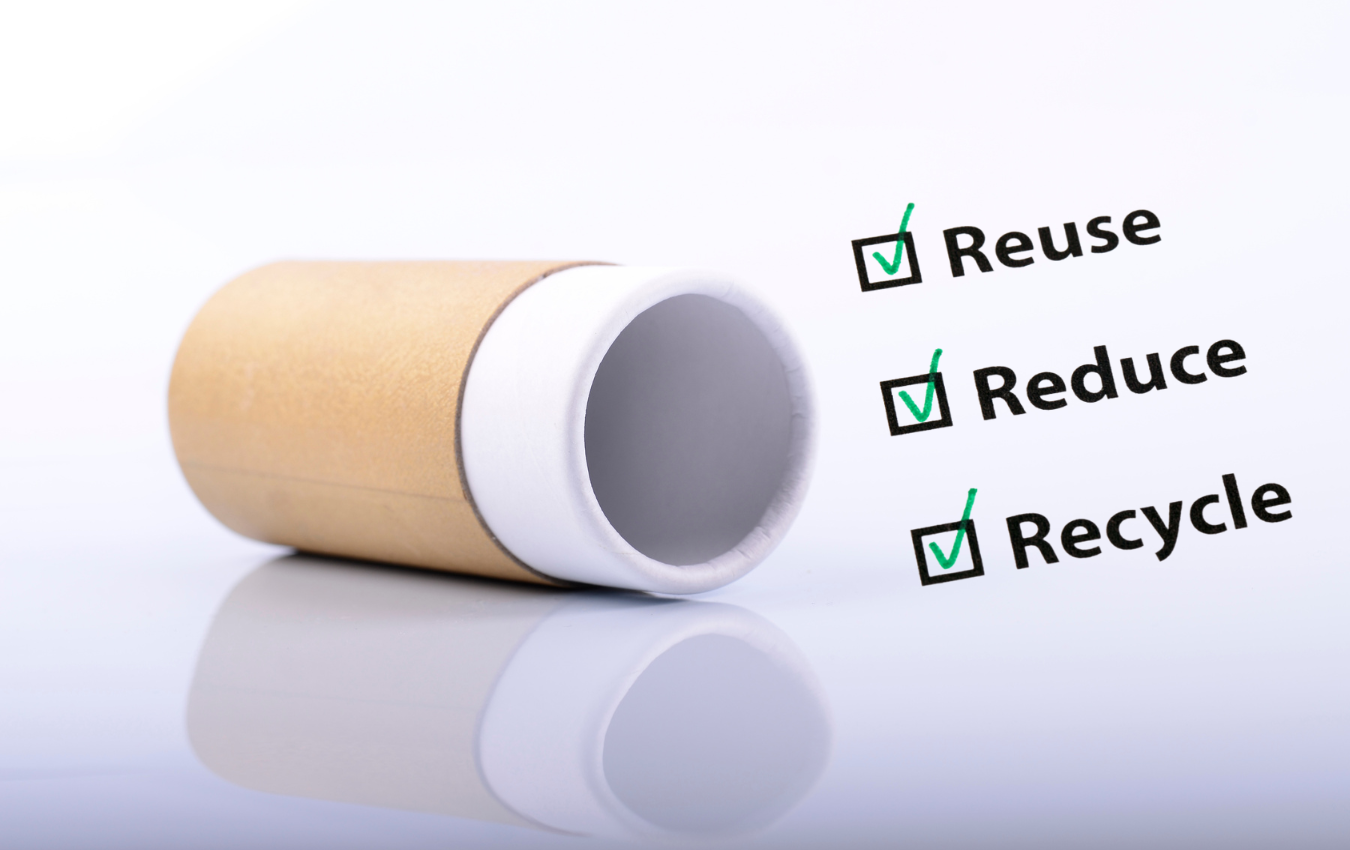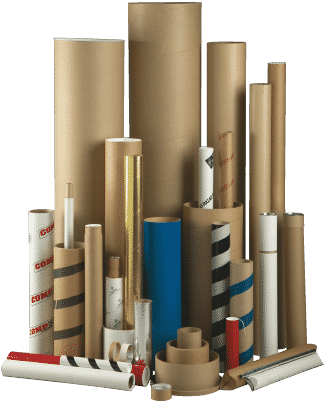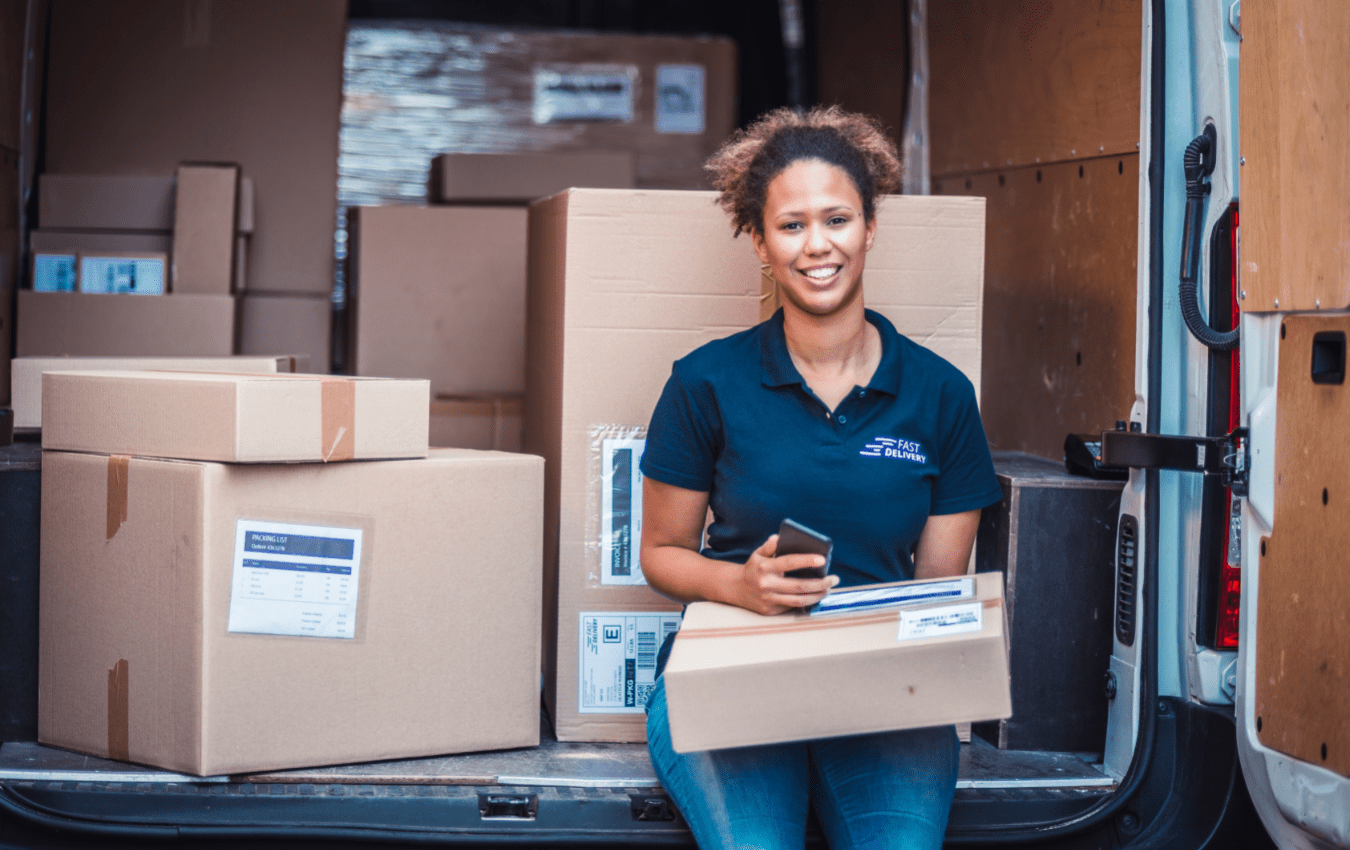Home » How to Reuse and Recycle Shipping Tubes
How to Reuse and Recycle Shipping Tubes

In an age where sustainability and ecological responsibility take center stage, our individual roles in environmental preservation have never been more crucial. A key part of this role includes recycling, but we can do even more by reusing items as much as possible before they end up in the recycle bin. Today, we’ll be focusing on an often-overlooked recyclable: the humble shipping tube. Often used for packaging items like posters, blueprints, and textiles, these tubes usually end up in the trash. Here’s a guide on how we can transform them into useful items and eventually recycle them responsibly.
Understanding the Importance of Shipping Tube Recycling
Before diving into the ways to recycle and reuse shipping tubes, let’s first grasp why it’s vital.
- Environmental Impact: In general, recycling reduces the need for new raw materials, subsequently reducing deforestation and mining impacts. It also curtails the energy expended in production processes, hence reducing greenhouse emissions.
- Landfill Reduction: Every item that’s reused or recycled is an item that doesn’t end up in a landfill. Shipping tubes, mainly made from cardboard, paper, or plastic, can take years to degrade and may release harmful chemicals in the process.
- Economic Efficiency: Reusing and recycling also save money by reducing the need for purchasing new items and by generating income in the recycling and manufacturing industries.
Innovative Ways to Reuse Shipping Tubes
Before you send your shipping tubes off to be recycled, consider whether you can give them a second life. Below are some creative ideas for reusing these versatile cylinders:
- Craft Projects: Shipping tubes make great materials for kids’ craft projects. They can become kaleidoscopes, binoculars, musical instruments, or parts of a castle.
- Storage Solutions: Cut shipping tubes into smaller sections to create custom drawer organizers. Alternatively, keep them whole for storing important documents, artworks, or textiles.
- Garden Aids: Use them to support young plants or as seedling starters. The biodegradable tubes can be planted directly in the ground, gradually decomposing and adding organic matter to your garden.

Proper Recycling of Shipping Tubes
When your shipping tubes have been reused to the point of no return, it’s time to recycle them. Here’s how to do it responsibly:
- Preparation: Remove any plastic caps and non-recyclable materials from the tubes. If your shipping tube came with plastic ends, these usually need to be recycled separately from the tube itself.
- Recycling Bins: If your local curbside recycling program accepts cardboard or the type of plastic your shipping tubes are made from, you can typically place them in your recycling bin. Always check your local guidelines as these can vary.
- Recycling Centers: If curbside recycling isn’t an option, take your shipping tubes to a recycling center. These facilities have the ability to recycle various materials, including cardboard and different types of plastic.
- Commercial Recycling Programs: Some office supply stores and shipping companies offer recycling programs for packaging materials, including shipping tubes.
Final Thoughts
By reusing and responsibly recycling shipping tubes, we not only reduce waste but also contribute to environmental conservation. And remember, these principles can apply to many other items in our daily lives. Let’s strive for a circular economy, where we reduce, reuse, and recycle as much as possible. Every small action count and contributes to the health and sustainability of our planet.
If your interested in custom or stock shipping tubes, then partner with Brown Packaging today to get started.
Shifting packaging production from China to the U.S. can help stabilize costs, reduce tariff exposure, and shorten lead times. But the transition process requires careful
RSC boxes are known for their efficiency and versatility, but their performance ultimately comes down to strength. Buyers often see numbers like ECT, BCT, and
In packaging, foam isn’t just about initial protection — it’s about maintaining performance over the entire shipping or storage cycle. Compression set and recovery characteristics
Pouches are a go-to for flexibility and convenience, but they can fail in critical ways—from poor seals to punctures and delamination—that hurt performance and brand
Home » How to Reuse and Recycle Shipping Tubes

Direct Thermal Printing Direct thermal printing uses heat-sensitive media that darkens as it passes under a printhead. Because it does not require ink, toner, or

The industrial sector depends heavily on efficient, scalable, and cost-effective packaging—whether it’s for machinery parts, building materials, electronics, or bulk components. But with ongoing tariff

When it comes to printing on packaging, color is one of the most important components in attracting a consumer. Most people aren’t aware that there


